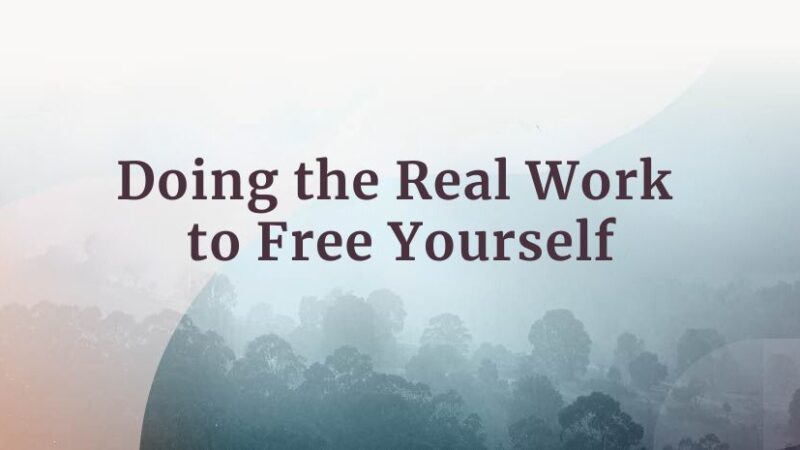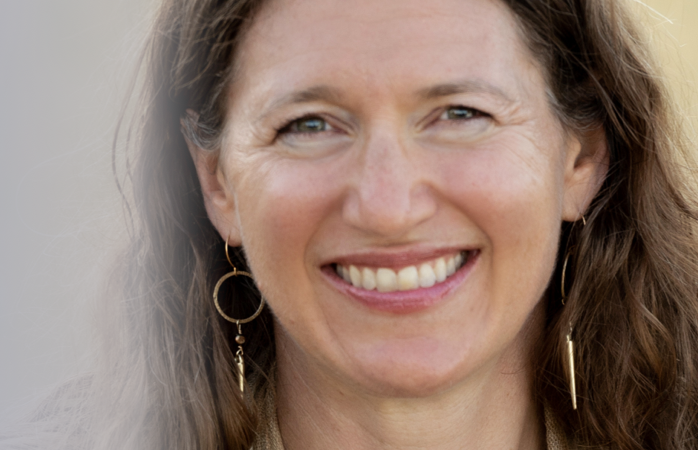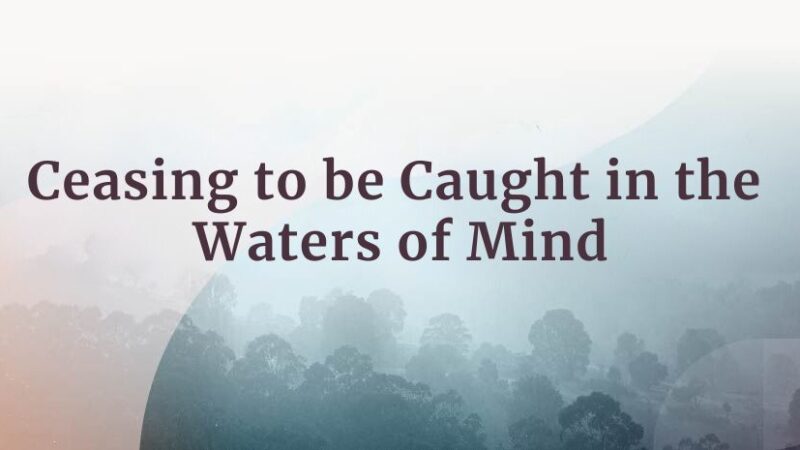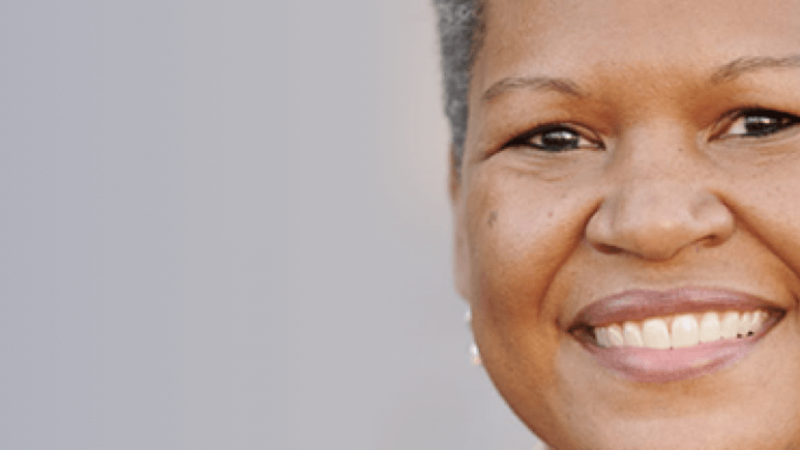The Full Spectrum of Awareness
Diana Winston is the director of Mindfulness Education at UCLA’s Mindful Awareness Research Center, where she developed the Mindful Awareness Practices (MAPS) curriculum. With Sounds True, Diana is the author of a new book, The Little Book of Being: Practices and Guidance for Uncovering Your Natural Awareness, and the creator of a new audio teaching series called Glimpses of Being: A Training Course in Expanding Mindful Awareness. In this experiential episode of Insights at the Edge, Diana introduces us to what she calls the “spectrum of awareness” through a series of guided practices. She talks to Tami Simon about the various ways we can access and experience awareness, from narrow and focused to effortless and spacious—states we are constantly moving between. They touch on ways to deepen and explore awareness through “glimpse practices” and discuss how we can work toward making natural awareness our default state. Finally, Diana explains why tapping into the full range of awareness can act as a good antidote for those feeling stuck or restless in their meditation practice.






